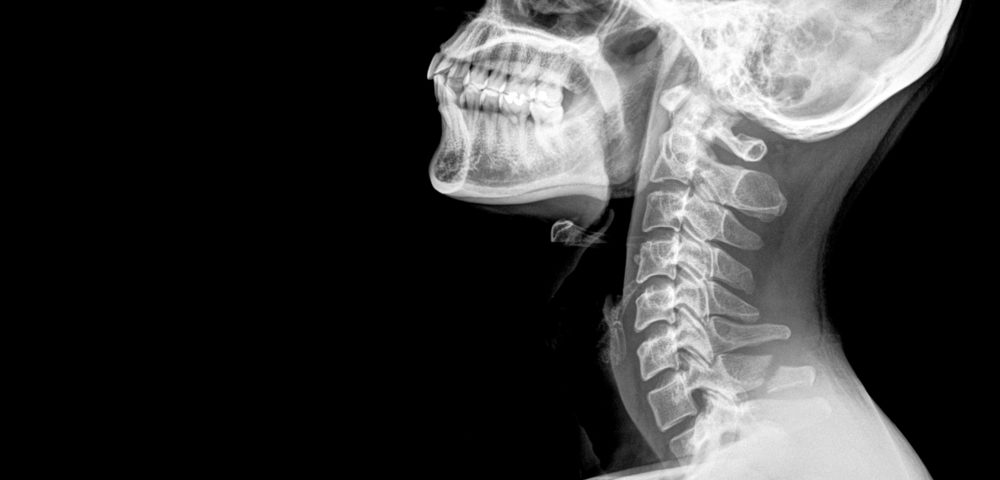Patients with rheumatoid arthritis (RA) are more likely to exhibit cervical spine instabilities if they have a history of corticosteroid treatment or joint surgery and the presence of mutilating changes, according to researchers at the Kobe University Graduate School of Medicine, in Japan.
The study, “Predictive Risk Factors of Cervical Spine Instabilities in Rheumatoid Arthritis: A Prospective Multicenter over 10-Year Cohort Study,” published in Spine, may help identify patients who could develop cervical spine instabilities and are at risk of serious compression myelopathy which occurs when the spinal cord is pressed together. Predictors could allow for more tailored treatment.
Rheumatoid arthritis often causes cervical spine instabilities including atlantoaxial subluxation (partial dislocation), vertical subluxation of the atlas, and subaxial subluxation. All are associated with serious compression myelopathy which results in motor disabilities. Identifying which patients are at risk is critical for prevention.
To identify risk factors, researchers examined 503 RA patients who fit the American Rheumatism Association and American College of Rheumatology criteria for the disease and who did not present cervical spine instability at the start of the study.
Among the patients, 143 had more than 10-year follow-up and 223 were followed for more than 5 years. Researchers defined severe cervical instability as an atlantodental interval, which is the distance between the dens and anterior ring of the C1 vertebrae, of at least 10 mm; a Ranawat value of no more than 10 mm; and subaxial subluxation at multiple levels or of 4 mm or more.
The results showed that the incidence of cervical spine instabilities significantly increased in both cohorts. Some factors were seen to be associated with the presence of the instabilities. The investigators found that baseline mutilating changes (defined as three or more fingers with severe and deforming arthritis) significantly increased the risk for cervical spine instability more than 19 times. Previous joint surgery increased the risk by 2 times while corticosteroid administration induced risk by 4 times.
The results suggest that mutilating changes, concomitant corticosteroid treatment, and previous joint surgery are all robust predictors for a poor prognosis of the cervical spine in rheumatoid arthritis patients.


